Traveling across the United States offers endless excitement, from dazzling skylines to lively nightlife. However, some cities require extra caution once the sun goes down. Police in several major urban areas advise tourists to avoid walking alone after dark, especially in lesser-known neighborhoods. While each city has its charm, it’s essential for visitors to balance curiosity with awareness. This guide highlights eight U.S. cities where being cautious at night can make all the difference. The goal isn’t to discourage exploration but to encourage safe and informed travel so every trip remains memorable for the right reasons.
1. Memphis, Tennessee
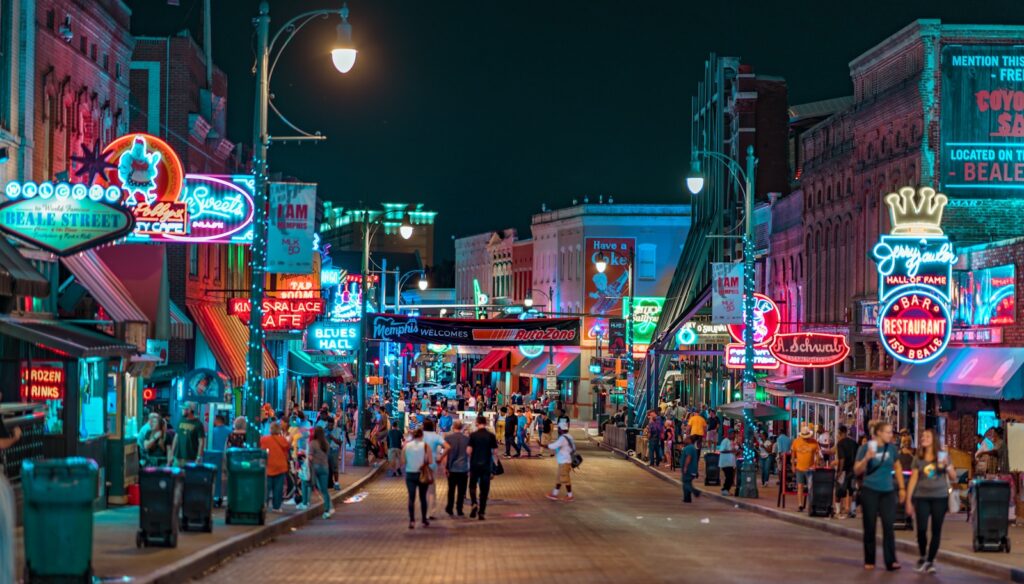
Memphis is celebrated for its rich musical heritage and soulful energy, yet some neighborhoods can become risky after dark. Law enforcement often warns tourists to stay in busy, well-lit zones such as Beale Street and to avoid venturing into unfamiliar residential areas at night. While violent crime rates have improved in recent years, incidents still occur more frequently after sunset. Visitors can still enjoy the city’s cultural vibrancy by using taxis or rideshares and keeping nighttime plans centered in entertainment districts. With mindfulness and awareness, Memphis remains an unforgettable destination full of history and rhythm.
2. Detroit, Michigan

Detroit has transformed over the years, revitalizing its downtown and riverfront areas with new attractions and cultural spaces. However, certain districts beyond the central core remain less secure once evening sets in. Police recommend visitors stay alert and travel in groups when exploring at night, particularly outside tourist zones. Car break-ins and petty theft are more common after dark, so it’s best to park in well-monitored areas and avoid isolated streets. Despite its challenges, Detroit’s art scene, music legacy, and friendly locals make it worth exploring. Just plan evening activities with care and prioritize personal safety.
3. St. Louis, Missouri
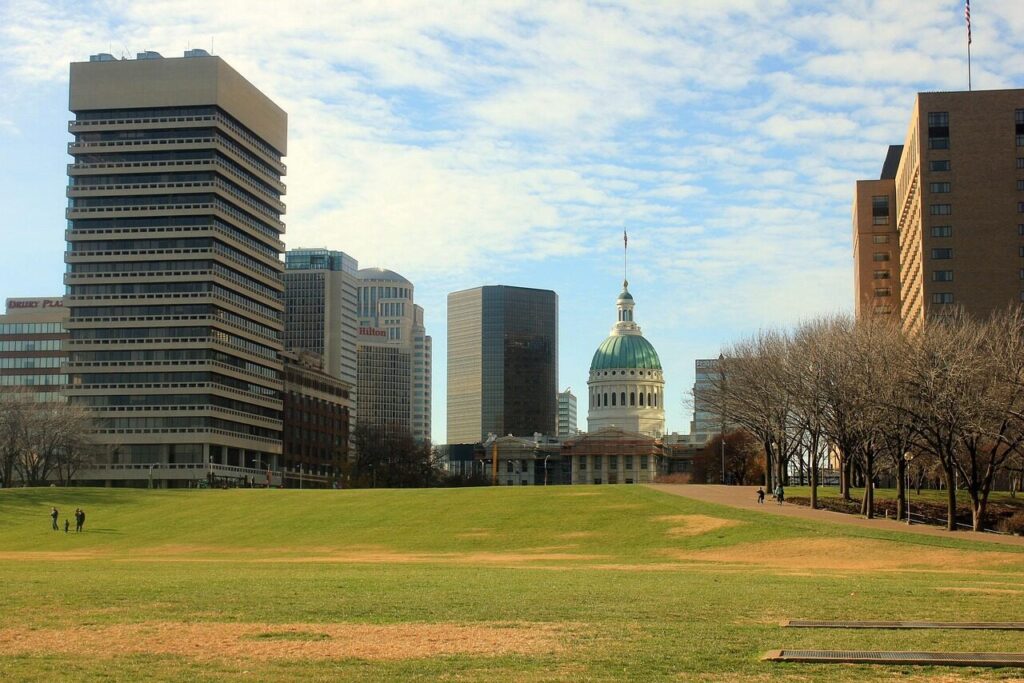
St. Louis, known for the Gateway Arch and its vibrant food culture, attracts travelers from around the world. Yet, police caution that some parts of the city can be unpredictable at night, particularly in areas with lower foot traffic. Visitors are advised to stay near popular downtown attractions or well-lit entertainment spots. While the city’s daytime atmosphere feels welcoming, its after-dark conditions vary widely between neighborhoods. Taking guided tours or using trusted transportation options can ensure a safe and enjoyable experience. With the right precautions, tourists can appreciate St. Louis’s charm without compromising safety.
4. Baltimore, Maryland

Baltimore’s historic waterfront, museums, and seafood dining make it a rewarding destination, but tourists should remain cautious after dark. Police suggest avoiding certain residential neighborhoods at night, as robbery and assault rates are higher outside the main tourist corridors. Staying within areas like the Inner Harbor and traveling by car or rideshare after sunset are recommended. While the city’s creative energy and coastal appeal shine brightly, it’s wise to remain aware of your surroundings and avoid carrying visible valuables. With sensible precautions, visitors can enjoy Baltimore’s character while minimizing nighttime risks.
5. Milwaukee, Wisconsin
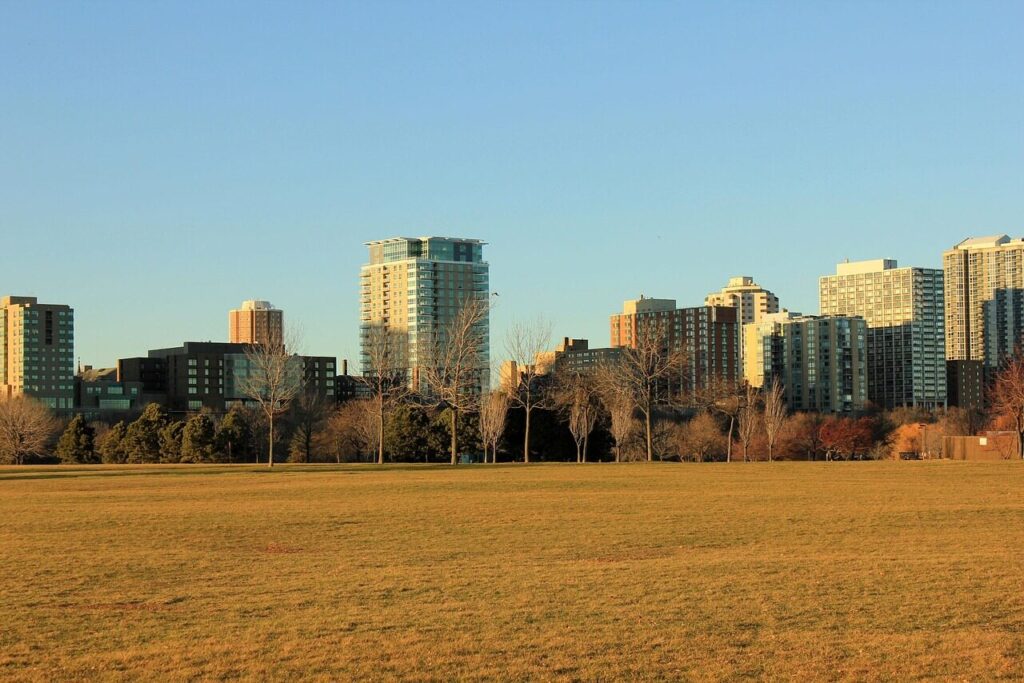
Milwaukee is a city with plenty of cultural flair and lakeside beauty, yet police warn visitors to be careful when exploring after dark. Some districts experience higher crime rates once evening falls, particularly away from the downtown and waterfront. Tourists are encouraged to plan nighttime activities near populated zones or with guided groups. Petty theft and car-related incidents occur occasionally, so locking belongings and parking in secure areas are essential. Despite these cautions, Milwaukee remains inviting and full of charm; its breweries, festivals, and riverwalks offer plenty to enjoy safely with a bit of awareness.
6. Cleveland, Ohio

Cleveland offers a mix of modern attractions and historical charm, from sports venues to lakeside views. However, local authorities recommend that visitors remain cautious in certain neighborhoods after sunset. While downtown areas are generally safe with good lighting, isolated streets can pose risks, especially for those walking alone. Using trusted transportation and sticking to main routes are easy ways to reduce exposure to danger. Cleveland’s community spirit and artistic pulse make it a rewarding place to visit, but like any major city, being alert at night ensures a worry-free and enjoyable experience.
7. Kansas City, Missouri
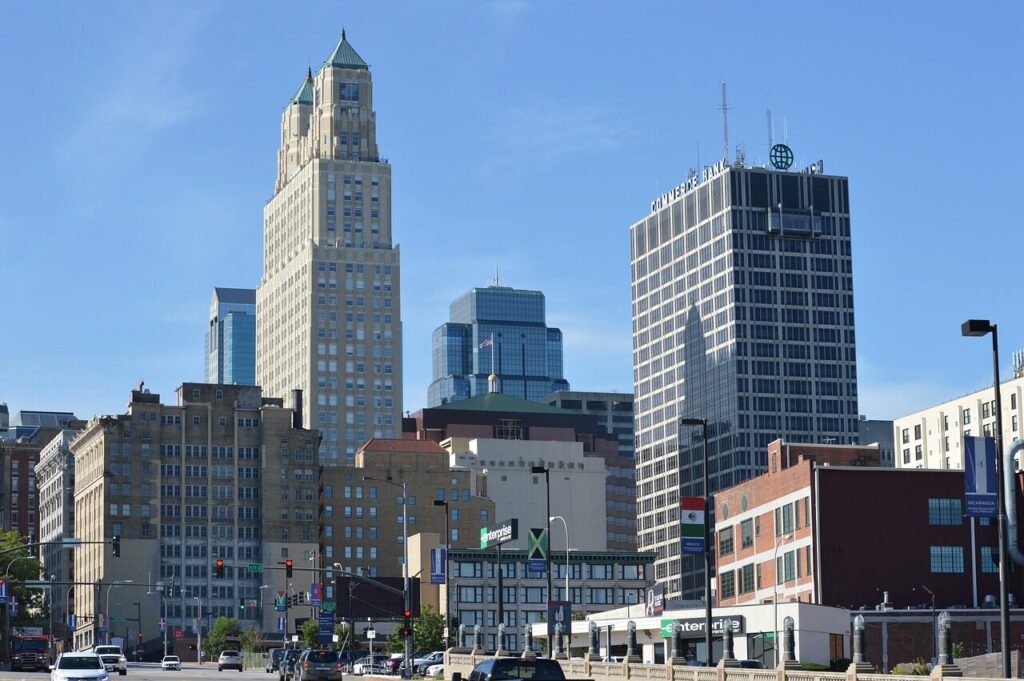
Kansas City’s barbecue, jazz, and welcoming locals draw travelers year-round, yet police caution tourists about wandering in unfamiliar areas after dark. Certain districts can become less secure late at night, particularly where nightlife crowds thin out. Visitors are advised to remain near busy entertainment zones and use rideshare services instead of walking. Theft and altercations occasionally occur in quiet streets, so awareness is key. Still, Kansas City’s cultural warmth and dynamic energy make it worth exploring. By taking practical precautions, travelers can enjoy the city’s best offerings while keeping safety top of mind.
8. Oakland, California
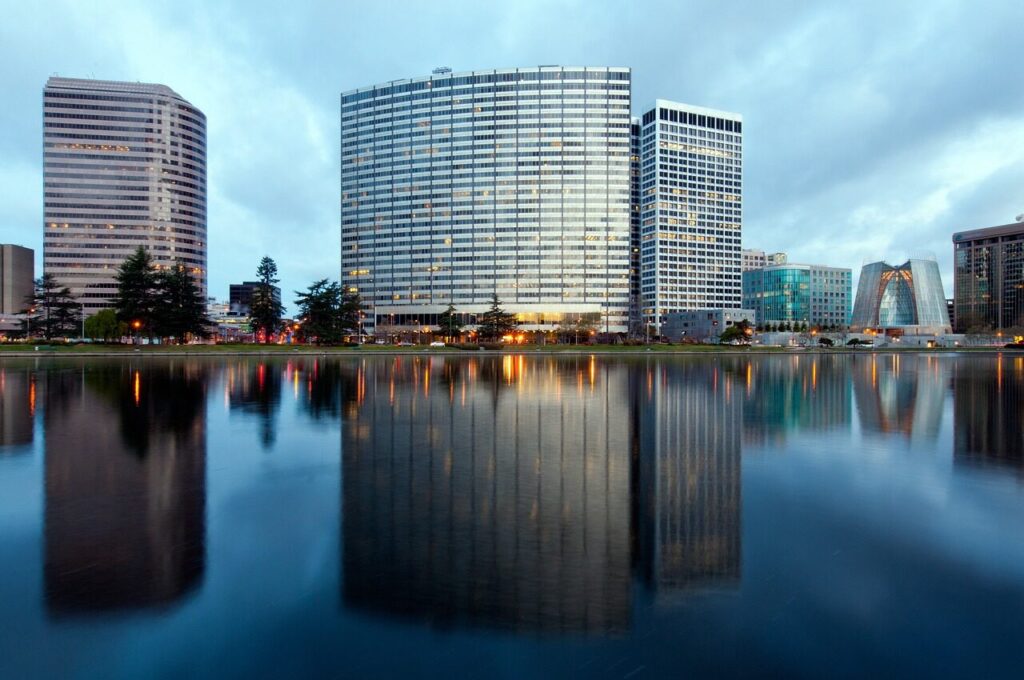
Oakland boasts a thriving arts scene, diverse culture, and scenic bay views, but it’s also known for having pockets of higher nighttime crime. Police recommend that tourists exercise caution after sunset, avoiding isolated neighborhoods and traveling in groups whenever possible. Staying in well-populated districts and using transportation instead of walking long distances are wise choices. The city has made significant strides in revitalization, yet like any urban area, awareness makes all the difference. Oakland remains a vibrant destination filled with creativity and resilience; just explore it with the same mindfulness you would in any major city.
Comments